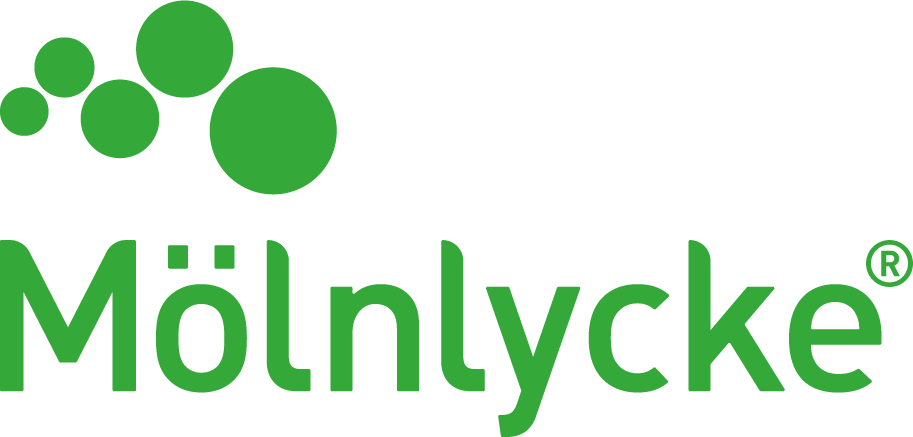
Where, and how much, should the patient voice feature in the health system? The Covid-19 pandemic saw a rise in patients administering their own care, but what about patients choosing it? This question is being debated across healthcare systems, particularly in light of the pandemic. As we head into winter policymakers need to find solutions that boost NHS efficiency while protecting patient outcomes. Could collaborative care be part of that solution, and how can we achieve it?
In wound care, the pandemic encouraged a move to supported self-care, where patients would dress their own wounds at home, supported virtually by healthcare professionals (HCPs). In many cases, self-care has continued beyond the height of the pandemic and remains common practice today. This represents a significant shift in care delivery when viewed through the wider lens of wound care services in England. There are an estimated 3.8 million people in the UK with a chronic wound being managed by the NHS, equivalent to 7 per cent of the UK population. In addition to the impact on patients, wound care services account for a substantial amount of NHS resources, costing £8.3 billion annually.
We know that chronic wounds have a profound impact on patients’ physical and mental health, and in some cases can be severely debilitating. The NHS is also under severe strain, and with the upcoming winter pressures and likely Covid-19 spike, finding ways to reduce workloads should be a priority. The shift to supported self-care illustrates the tension that exists across the NHS, between empowering patients to feel supported in taking ownership of their care, and creating an efficient system that provides a sustainable workload for HCPs.
Collaboration is central to this. The shift towards shared decision-making in the NHS in recent years provides the foundations for a redesign of wound care services that puts both patients and HCPs at its heart. It is imperative that policymakers, the health service, and industry recognise the changing nature of wound care, and ensure that it is working for patients and HCPs.
The medical solutions company Mölnlycke published the Making Wound Care Work report in partnership with the Patients Association in summer 2022. The report evaluates the current state of wound care in England, and addresses how to build a patient pathway that encourages shared decision-making and patient-clinician collaboration, as well as the broader needs of the wound care system post-pandemic.
Anecdotally, we knew that some patients were empowered by the increased autonomy of supported self-care, whereas for others it was less successful. Some HCPs saw the rise of supported self-care as helpful, whereas others were concerned about its impact on patients. We commissioned a study of wound care specialists, and worked in partnership with the Patients Association to hold a number of patient focus groups to accurately capture these reflections, and understand how to redesign wound care services to promote collaborative decision-making.
The results showed mixed responses to some of the key questions facing wound service provision. For wound care specialists, 86 per cent said that the switch to supported self-care during the pandemic had worked well. Directors of nursing are similarly positive, and describe a “revolution” in supported self-care over the pandemic, noting that the shift has been “remarkable”.
However, not all patients took to the supported self-care model. One patient described it as “unpleasant”, and around 30 per cent of patients also said that they didn’t feel confident managing their wounds in this way. This shows that for a sizeable minority, supported self-care as a method of wound care delivery has not worked well. While supported self-care is positive for the majority of patients, it is clear that its implementation in the NHS needs to recognise that, for some, it is not appropriate. Again, this illustrates the problems facing NHS policymakers: how to design a system that caters to different – even opposing – preferences.
The focus groups facilitated by The Patients Association gave us a unique insight into this question. Collaboration, both between services and between HCPs and patients, was cited as a core priority. They expressed a desire to have their voice heard, whether this be through shared decision-making at the community level, or for their practical needs to be embedded in the decisions being made by policymakers in Westminster and the NHS.
Mölnlycke decided to pose questions for consideration in Making Wound Care Work, rather than recommendations. It was clear our place was not to offer the solution, but to facilitate the forums in which patient-clinician collaboration can flourish. The report highlighted some key barriers to achieving this, such as a lack of agreement on what worked well in the pandemic and what didn’t, or how valuable standardised guidelines and benchmarking is in tracking progress. Both staff and patients agree that patients should have a greater say in their clinical pathway, although questions remain as to what this looks like.
We presented our questions for consideration to a further two focus groups: one of patients, one of wound care experts. By presenting each focus group with the other’s perspectives and points of view, we were able to facilitate a discussion that helped us focus on a common goal, and collaborative solutions to go with it.
Both patient and HCP groups have drafted a set of recommendations for Making Wound Care Work that reflect the combined views. This was possible by finding common principles, such as responsiveness, communication and support where needed. Mölnlycke are confident that the recommendations will resonate with patients and HCPs alike, and we will take them forward to policymakers upon their publication to discuss how we can integrate them into service delivery.
The lesson from this process is, we hope, important to the way in which wound care services are designed – or redesigned – post pandemic. Without both inputs, we would have only presented half a story, which would not be a solid foundation for modern, patient-centred and sustainable NHS services, in wound care and beyond.



